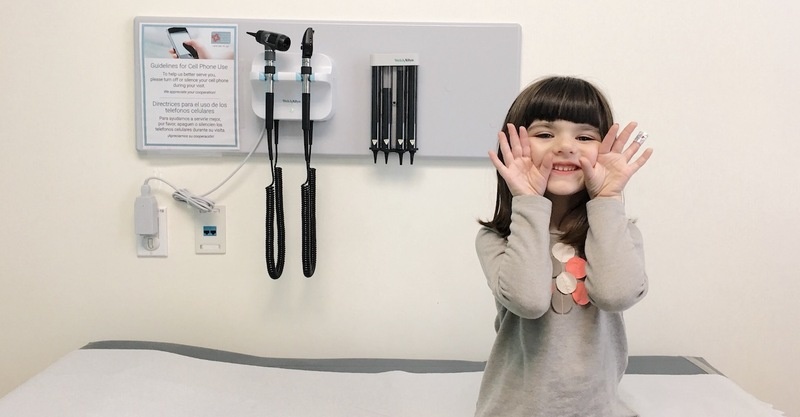Key Points
- Urgent care centers are a convenient healthcare option, with over 9,000 locations in the U.S. The average wait time ranges from 15-45 minutes, which is significantly less than emergency rooms, and can be further reduced by checking in online and filling out medical history forms in advance.
- Despite their convenience, urgent care centers are not a suitable replacement for emergency rooms as they are not equipped to handle major traumas or life-threatening illnesses. However, they do offer extended hours, typically closing only from 9 PM to 7 AM.
- While urgent care is not free, it is typically less expensive than emergency room visits. Insured patients can expect a copay of between $35-75, while uninsured patients will need to pay with cash or credit card before receiving treatment.
- The quality and services offered at urgent care centers can vary, with some being certified and others not. Patients are advised to research potential clinics in advance to ensure they can provide the necessary services and to compare patient ratings and reviews.
- Telemedicine is an option at many urgent care clinics, allowing patients to consult with doctors via video conferencing. This service is dependent on state law and allows patients to choose a doctor from any urgent care location within their state.
Urgent care centers are a great tool for individuals faced with modern healthcare issues. Today there are more than 9,000 locations around the United States serving patients. However, there are five things every patient should know before choosing to visit an urgent care.
Urgent Care Wait Times Average 15-45 Minutes
While over 50% of urgent care patients wait 15 minutes or less, the average urgent care location ranges between 15-45 minutes Patients should anticipate waiting for a visit after they walk in, particularly during peak times for that particular location. It may sound like a long time, but consider that the expected wait time for urgent care is much shorter than emergency rooms, which averages 2.4 hours. To reduce wait times, patients are sometimes able to check-in online. Some urgent care locations offer online medical history forms, too. By checking in online and having a printed, filled out medical history form, patients can dramatically reduce their wait time for treatment.
Urgent Care is Not an Emergency Room
According to the Journal of Urgent Care Medicine, two-thirds of emergency rooms have shut down since the 1980s because of insolvency, patients choosing urgent care, and medical doctor shortages. However, this does not mean that urgent care locations are a replacement for ER services. Urgent care centers are not equipped to deal with major traumas, heart attacks, nor child-birth. People suffering from life threatening injuries or illness should always call 911. If you need immediate care after urgent care clinic hours will need to go to an emergency room if they cannot wait until morning. However, most urgent care locations have extended hours: the average urgent care center is only closed from 9 PM to 7 AM. Hours vary by site, so patients should check with their local urgent care.
Patients Pay for Services
Urgent care is not free; however, it is much less expensive than typical emergency room visits. An average ER visit could cost an insured patient $1,000 depending on your plans deductible, whereas that same insured urgent care patient will have a copay of between $35-75. Prices depend your insurance and upon services rendered, such as X-rays, throat cultures, stitches, and shots. Urgent care patients without insurance should expect to pay with either cash or credit cards for their appointments prior to being seen by a healthcare provider.
Not all Urgent Care Centers Are Equal
Some urgent care locations are certified, and some are not. The American Academy of Urgent Care Medicine, for instance, offers an accreditation program for urgent care centers with strict operating standards. Some locations might offer X-ray machines, while others are more limited concerning the services they provide. It's best to investigate the locations you would like to use before you go, so that you aren't turned away. It’s also a good idea, if you have time, to research a few of the clinics you are considering going to on Urgent Care Locations to compare patient ratings and reviews. And once you have visited a provider, leave a review yourself to help inform other prospective patients.
Telemedicine Is Possible in Many States
Physicians working in urgent care clinics may now be able to visit with patients via video conferencing services such as Skype. While state law dictates which states are participating, many doctors enjoy this futuristic tool. Patients utilizing telemedicine will be able to choose a doctor from any urgent care location in their home state, rather than one close to home. Knowing these five things will prepare you for a better visit at urgent care locations. Remember to bring your insurance card, and to have a list of your symptoms handy so that your visit goes smoothly.
Frequently asked questions
What is the average wait time at an urgent care center?
The average wait time at an urgent care center ranges from 15 to 45 minutes. Over 50% of patients wait 15 minutes or less. However, wait times can be longer during peak times.Can urgent care centers replace emergency rooms?
No, urgent care centers cannot replace emergency rooms. They are not equipped to handle major traumas, heart attacks, or childbirth. People with life-threatening conditions should call 911. Those who need immediate care outside urgent care clinic hours should go to an emergency room.Do patients have to pay for services at urgent care centers?
Yes, patients have to pay for services at urgent care centers. The cost is much less than typical emergency room visits. An insured patient may have a copay of between $35-75. Prices depend on the services rendered and the patient's insurance. Uninsured patients should expect to pay with cash or credit cards before being seen by a healthcare provider.Are all urgent care centers the same?
No, not all urgent care centers are the same. Some are certified and some are not. The services they provide can also vary. Some might offer X-ray machines, while others might be more limited. It's recommended to research the urgent care centers you're considering before you go.Can I use telemedicine services at urgent care centers?
Yes, many urgent care clinics offer telemedicine services, allowing physicians to visit with patients via video conferencing. However, state law dictates which states participate in this service.How can I reduce my wait time at an urgent care center?
To reduce wait times at urgent care centers, patients can sometimes check-in online and fill out medical history forms in advance. This can dramatically reduce their wait time for treatment.What should I bring with me to an urgent care visit?
When visiting an urgent care center, remember to bring your insurance card and have a list of your symptoms ready to ensure a smooth visit.How can I find out more about different urgent care centers?
You can research different urgent care centers on Urgent Care Locations to compare patient ratings and reviews. After your visit, you can also leave a review to help inform other prospective patients.











